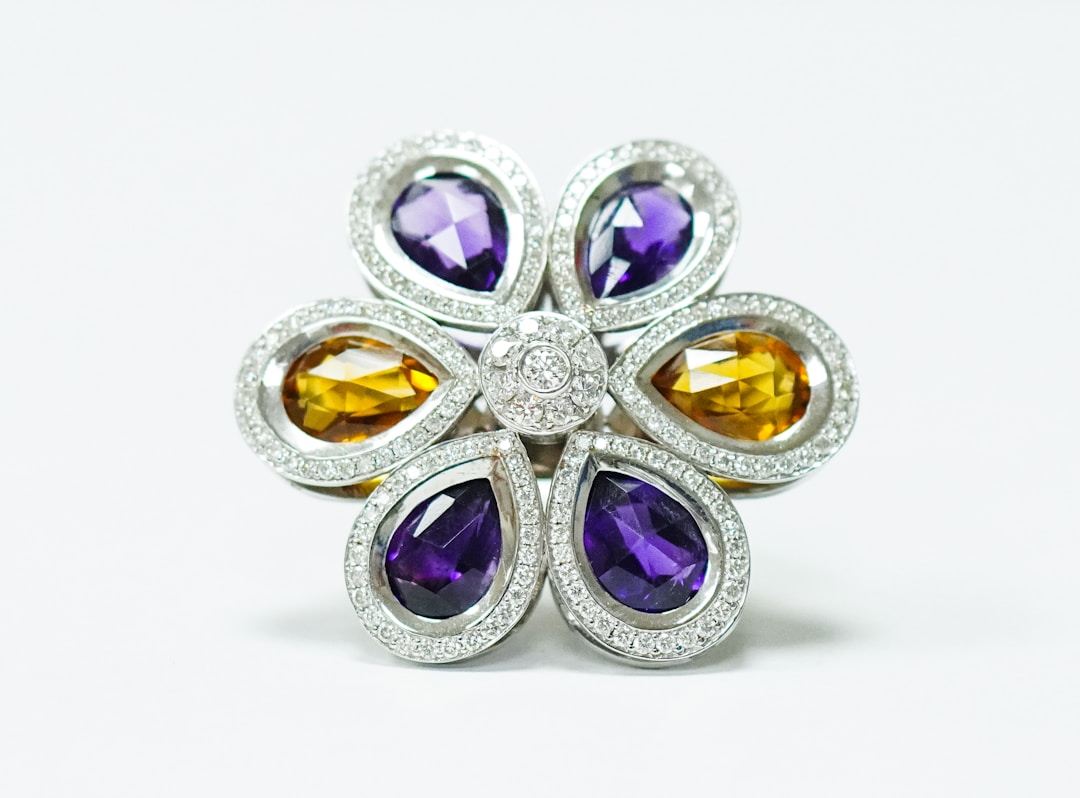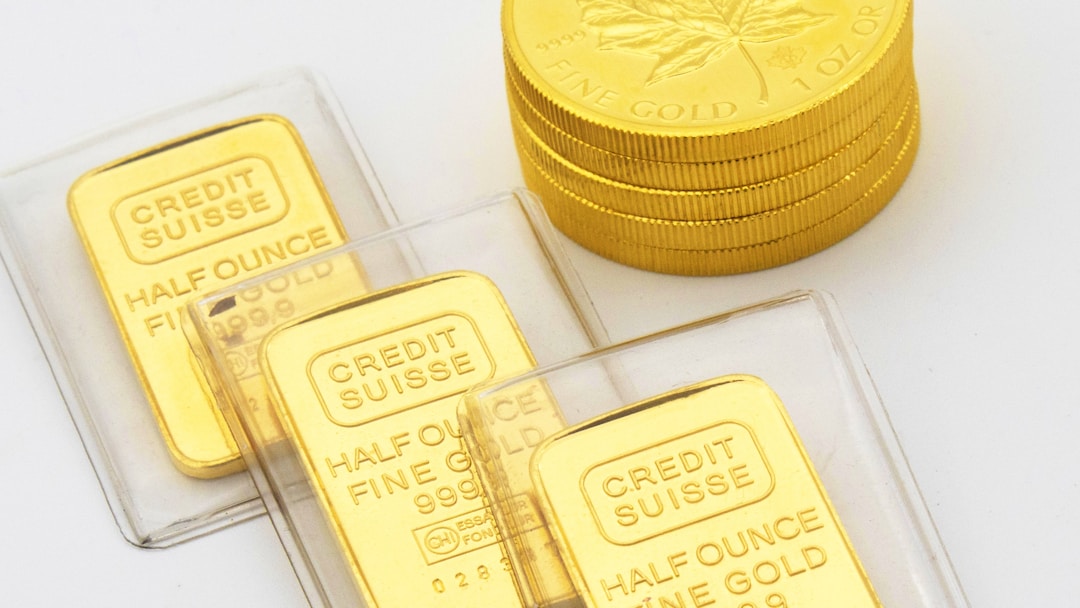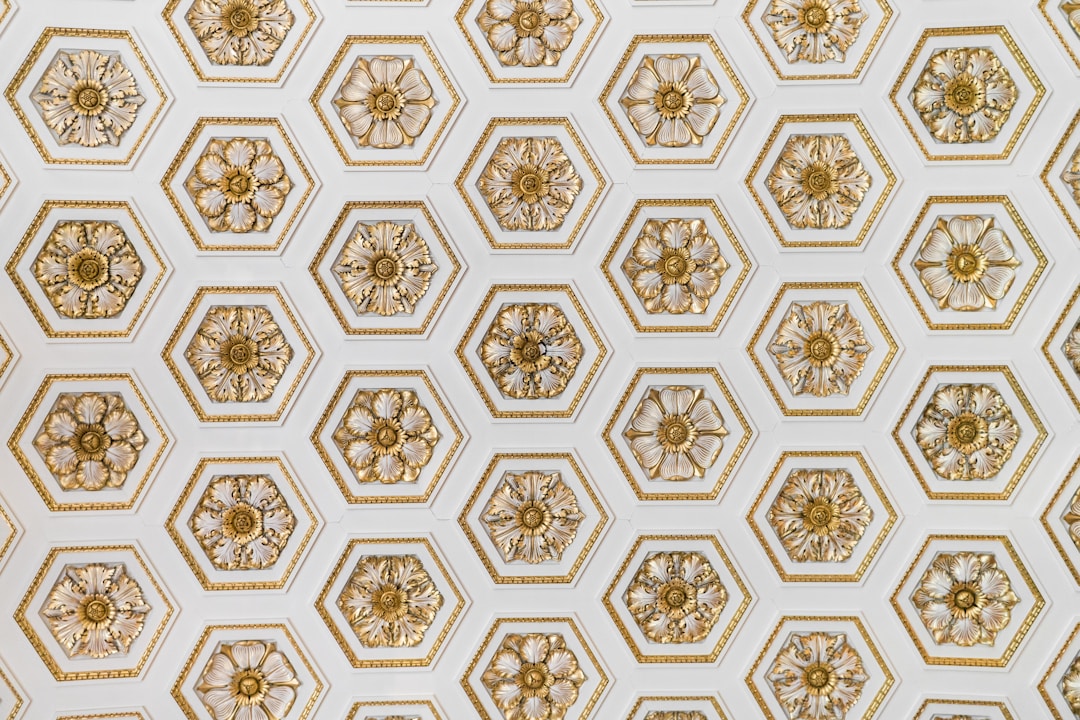Earth is full of fascinating natural resources that have been put to use throughout human history. From metals for tools, gemstones, and currency to oil for energy, people have been putting the earth’s resources into use for thousands of years. The two most distinctive and popular resources discovered by humans are diamonds and gold. So, take a look at some interesting facts about the hardest natural substance and the only yellow metal on the planet.
1. Diamonds have an impressive history.

Diamonds are ancient, dating back billions of years. They form 100 miles deep beneath the earth’s surface and are pushed up to the surface by volcanic eruptions. Diamonds consist almost entirely of a single element ‚Äî carbon. The extreme heat and pressure beneath the earth’s surface cause carbon atoms to bond in a unique manner that creates a crystalline structure. Diamonds are one of the earth’s hardest natural substances, and can only be scratched by another diamond.
The popularity of the world’s most precious stone has been evidenced throughout ancient history since they were used for trading in India in the 4th century B.C. The Roman naturalist, Pliny, even attested to the value of diamonds in the first century A.D. You can thank the ancient Romans for associating diamonds and love. They used to believe diamonds were the tears of the gods and that the tips of Cupid’s arrows contained diamonds.
2. India was the original source of diamonds.

India was the world’s original diamond supplier, starting with the sale of Indian diamonds in the 1400s in Venice and other European trade areas. When the supply of Indian diamonds declined in the 1700s, Brazil became the main supplier until the discovery of a massive diamond reserve in South Africa in the late 1800s.
The largest diamond ever discovered was the Cullinan Diamond in 1905 in South Africa. The stone weighed an impressive 3106 carats (1.33 pounds). It was cut into nine large diamonds, of which the largest three are part of the crown jewels and 100 small diamonds. The first known presentation of a diamond engagement ring was in 1477 along with a gold ring with the letter “M” spelled out in diamonds.
Diamond jewelry is a beautiful way to express your love throughout the life of your relationship. When it’s time to shop for diamond engagement rings, companies such as Agape Diamonds can help you find the perfect ring. All of their artisan diamond rings are created with conflict-free simulated, synthetic, lab, and natural diamonds that are ethically sourced. The jewelers also offer a variety of ring styles with beautiful clarity at affordable prices, and all jewelry comes with a lifetime warranty.
3. Gold was the first metal wrought.

Gold is twice the weight of iron yet it’s incredibly malleable. One ounce of gold can be hammered into a 300-square-foot sheet. An ounce of gold can easily be stretched into a five-mile-long thread, as gold is very flexible. One of the oldest known worked-gold artifacts is the 4,000-year-old death mask of King Tut, which is adorned with 220 pounds of gold.
Alamos Gold Inc., a Canadian-based intermediate gold producer, had its best quarter financial results in history last year. With three operating mines in North America, including the Young-Davidson and Island Gold mines in northern Ontario and the Mulatos in Mexico, Alamos has produced 306,400 ounces of gold. The gold producer is posed to fund internal growth projects while growing their cash position and shareholder returns. Though delays have put construction activities on hold for Alamos Gold, Turkey, Mexico, Canada, and the United States remain important project areas for their natural resources.
4. Gold is for more than just jewelry.

Gold is both malleable and non-toxic which made it useful in ancient dentistry. Over the years, archaeologists have found skulls with gold dental modifications and decorations as old as 4,000 years. Modern dentistry still uses gold-alloy crowns to cap teeth or strengthen them. NASA even has a few uses for gold in space technology. A thin layer of gold impressively coats the visors of astronaut’s spacesuits to protect their eyes from infrared light. Gold is also used in the James Webb Space Telescope to help it search for light from stars and exoplanets.
